A Slow Growing Generally Non-metastasizing Tumor Best Describes _____
These tumors are slow growing and unlikely to spread. A fusion of the bones such as two vertebrae is called _____.
These tumors are less likely to grow and spread but are more likely to come back after treatment.
. A fusion of the bones such as two vertebrae is called _____. May harm the patient by their physical presence or by secreting a harmful substance. There were significant differences.
It is suggested that meningiomas as generally slow growing and indolent tumours make a suitable destination for cancer metastasis over a period of. The H group was comprised of 13 tumors. Cancer cells spread through the body in a series of steps.
_____ is frequently used in the treatment of rheumatoid arthritis. They can grow quickly. The tumors are usually slow-growing in nature 34.
Malignant tumors are cancerous. A benign brain tumor is composed of slow-growing noncancerous cells that never spread by local extension or any other means beyond the site where they originate. Spread is multidirectional and simultaneous.
Although histologically benign glomus tumours are slow growing locally destructive non-metastasizing spreading along paths of least resistance. Traveling through the lymphatic system and bloodstream to other parts of the body. A growing tumor can push through surrounding tissues or into organs.
Cancer cells from the primary tumor can break away and form new tumors nearby. Common benign tumors are meningiomas acoustic neuromas pituitary gland tumors craniopharyngiomas germinomas pinealomas and hemangioblastomas. A slow growing generally nonmetastasizing cancerous tumor best describes which condition.
If you have a malignant tumor your doctor will devise. Benign tumors are all of the following except. Moving through the walls of nearby lymph nodes or blood vessels.
Management of ameloblastoma has been controversial because of the unique biological behavior of this disease as a slow-growing locally invasive tumor with a high rate of recurrence1217 Recurrence rates of ameloblastoma are reportedly as high as 15-25 after radical treatment1315 and 75-90 after conservative treatment1317 Therefore wide resection. Cancer of the bone is called _____. It is considered to be derived from the mesenchymal portion of the tooth germ.
SI-NETs are mostly sporadic however a few small families with a history of the disease have recently been characterized 5 6. Squamous cell carcinoma malignant melanoma basal cell carcinoma impetigo Question 9. TCO 15 A slow growing generally non-metastasizing tumor best describes.
A benign tumor is a mass of cells that lacks the ability either to invade neighboring tissue or metastasize spread throughout the body. Benign tumors are noncancerous. TCO 15 The medical term for bed sores is.
Patients may be asymptomatic or present episodically with nonspecific symptoms that can be mistaken for other more common conditions including irritable bowel. The main routes of spread are the air cell tracts of the temporal bone but spread through and beyond the temporal bone is not uncommon via. By classifying each cancer into 1 of these categories the health care team can plan the best treatment strategy.
TCO 15 A slow growing generally non-metastasizing tumor best describes. Unlike most benign tumors elsewhere in the body benign brain tumors can be life-threatening. Squamous cell carcinoma Malignant melanoma Basal cell carcinoma Impetigo.
Clinically it is a slow-growing expansile painless non-metastasizing central tumor of jaws chiefly the mandible. Neuroendocrine neoplasms may be slow growing neuroendocrine tumors NETs or aggressive neuroendocrine cancers NECs that often arise in lungs and gastrointestinal tract 13. A slow growing generally non-metastasizing cancerous tumor best describes which condition.
Stopping in small blood vessels at a distant location invading the blood vessel walls and. Most ommon forn of skin cancer is basal cell carcinoma. Usually a discrete mass with some CT capsule C.
Doctors frequently use a tool called the TNM system to stage other types of cancer. A tumor that is generally encapsulated slow growing and does not spread. They can often be cured with surgery.
Growing into or invading nearby normal tissue. Using this system doctors generally classify a tumor during surgery. A slow-growing tumor that does not invade surrounding organs or tissues is an __________ tumor.
It is a slow growing generally non-metastasizing tumor aneurysm weaken areas in vascular walls that are susceptible to rupture. TCO 15 Pediculosis describes. Some cancers that are generally slower.
TCO 15 The medical term for bed sores is. TCO 16 Cancer of the bone is. Generally slow-growing expansile rather than infiltrative D.
Another measure of staging called ______ assesses the rate of growth of the cancer cells and how likely they are to spread. A slow growing generally non-metastasizing tumor best describes basal cell carcinoma or squamous cell carcinoma or malignant melanoma. Once your doctor determines what type of tumor you have they can decide what treatment plan is best.
All 10 of the metastasizing cases and three of the non-metastasizing cases. Often do not resemble surrounding tissue E. TCO 15 Skin cancer is diagnosed by.
The Ameloblastoma is a slow growing locally invasive odontogenic epithelial neoplasm with a high recurrence rate and a low tendency to metastasize. These tumors are more likely to have rapidly dividing cells but no dead cells. The hypersensitivity disease of the skin that produces wheals is urticaria or contact dermatitis.
TCO 15 Another name for atopic dermatitis is. When removed benign tumors usually do not grow back whereas malignant tumors are cancerous and sometimes do. Cellulitis impetigo carbuncles decubitus ulcers Question 10.

A Short Guide To Stomach Cancer Easy To Understand Stomach Cancer Guide

Lung Cancer Diagnosis Early Detection Staging And More
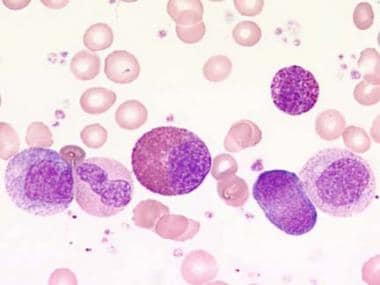
Chronic Myelogenous Leukemia Cml Workup Approach Considerations Blood Count And Peripheral Smear Bone Marrow Analysis
Deciphering The Molecular Mechanism Of The Cancer Formation By Chromosome Structural Dynamics
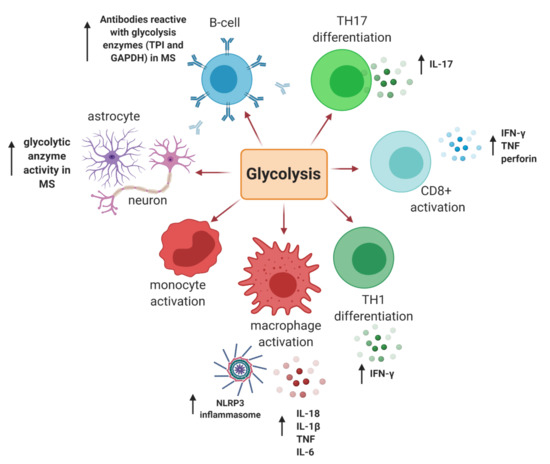
Jcm September 2020 Browse Articles
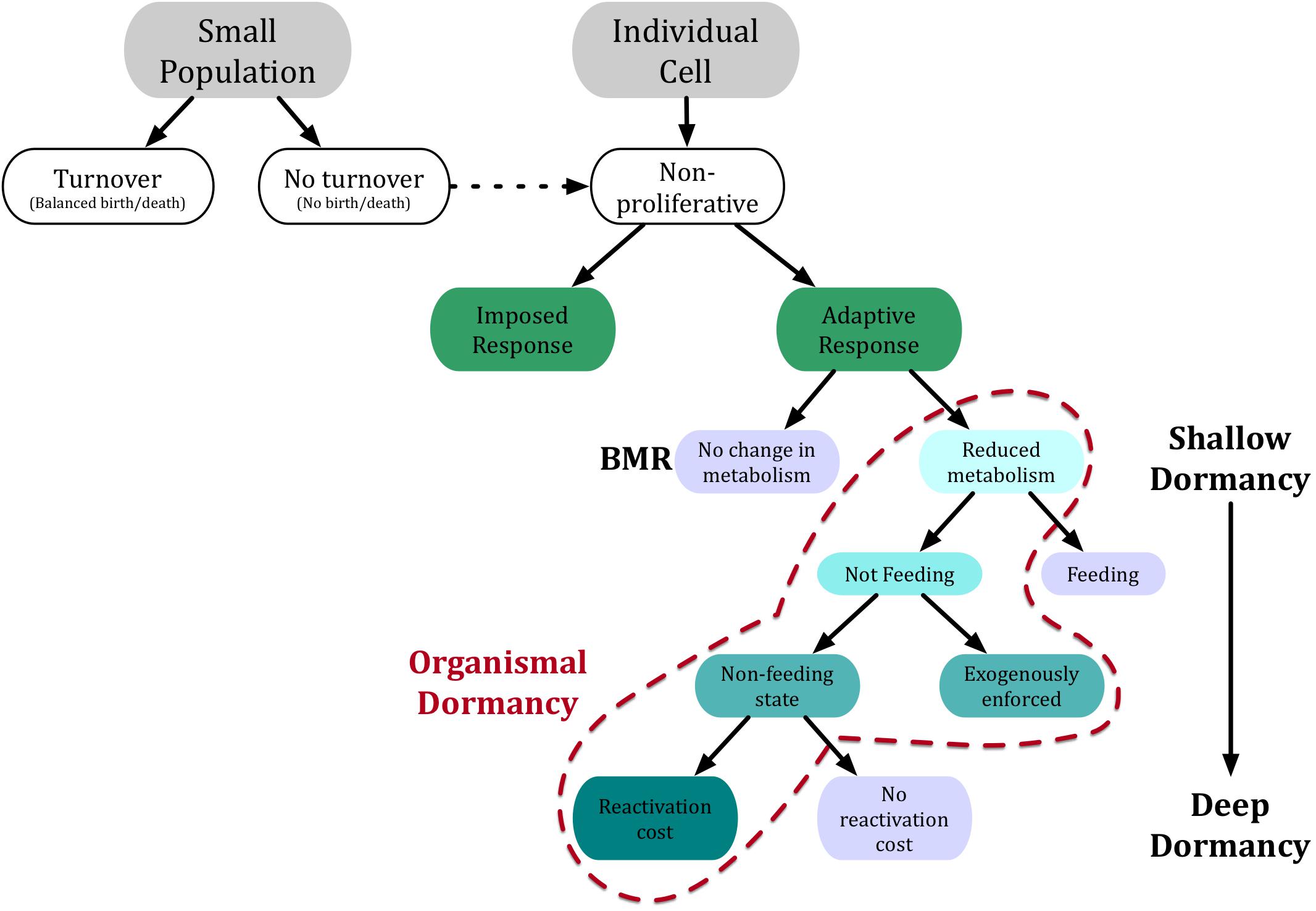
Frontiers The Evolutionary Ecology Of Dormancy In Nature And In Cancer Ecology And Evolution
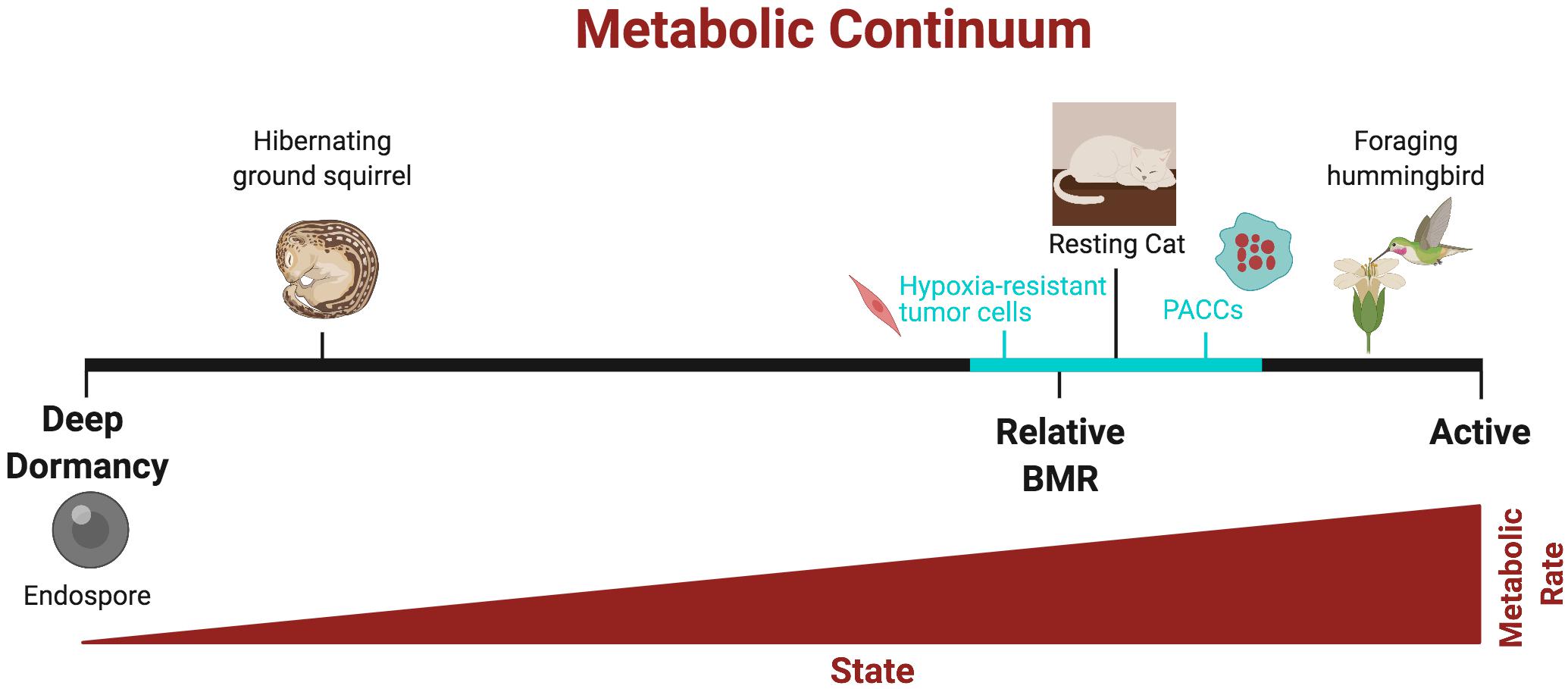
Frontiers The Evolutionary Ecology Of Dormancy In Nature And In Cancer Ecology And Evolution

Kaposi Sarcoma Treatment Pdq Patient Version National Cancer Institute

The Technocratic Humanistic And Holistic Paradigms Of Childbirth Davis Floyd 2001 International Journal Of Gynecology Amp Obstetrics Wiley Online Library
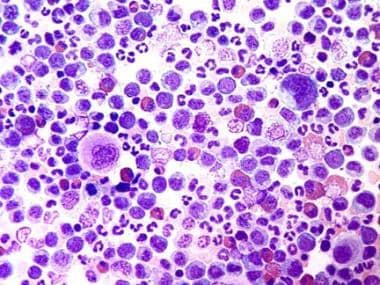
Chronic Myelogenous Leukemia Cml Workup Approach Considerations Blood Count And Peripheral Smear Bone Marrow Analysis

Lung Cancer Diagnosis Early Detection Staging And More
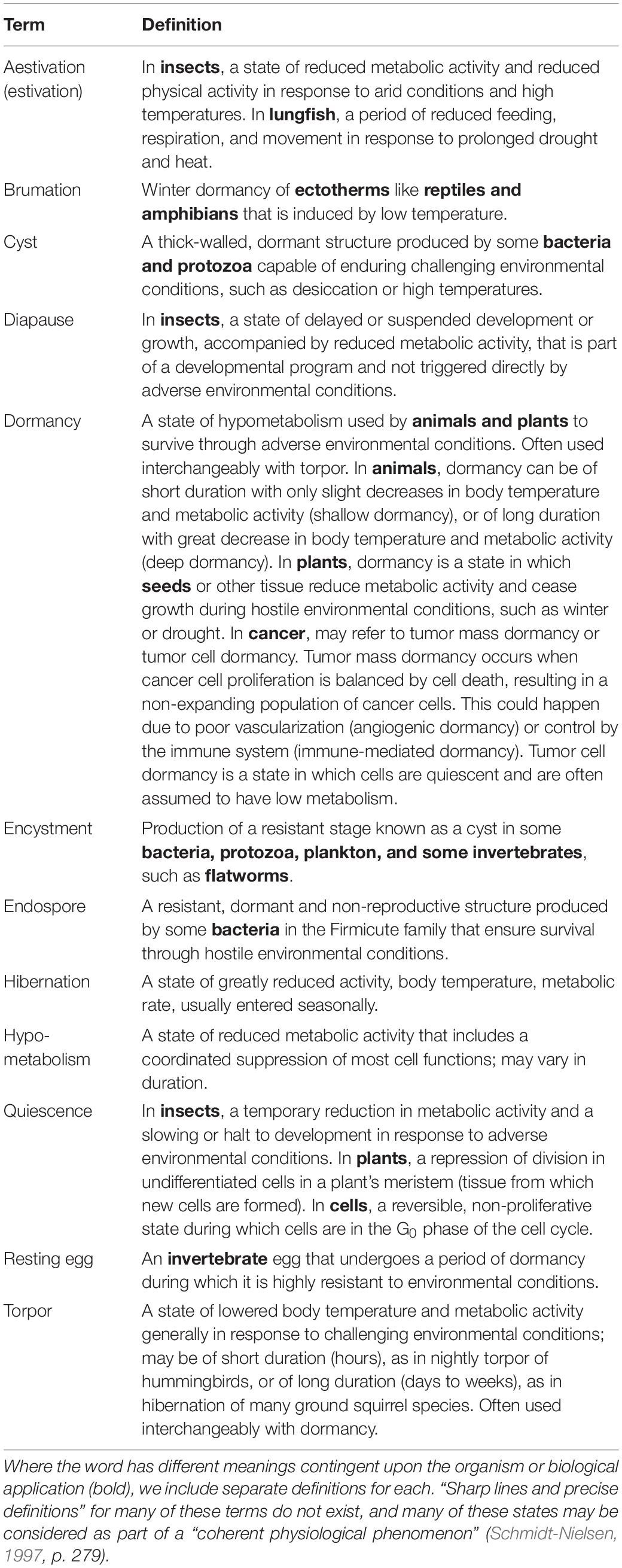
Frontiers The Evolutionary Ecology Of Dormancy In Nature And In Cancer Ecology And Evolution
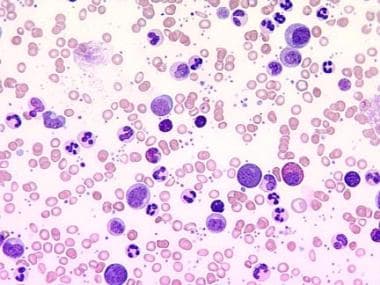
Chronic Myelogenous Leukemia Cml Workup Approach Considerations Blood Count And Peripheral Smear Bone Marrow Analysis
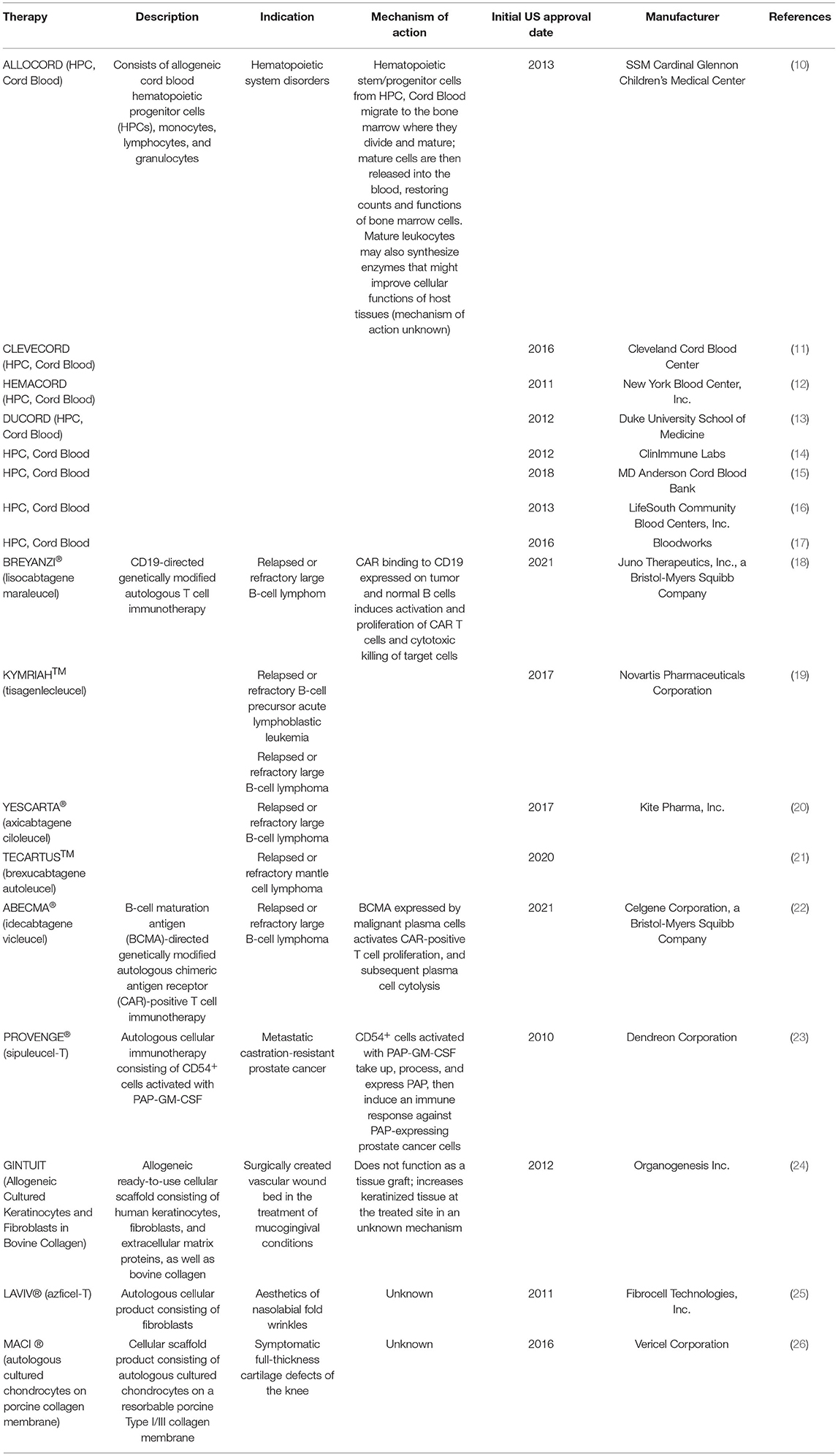
Frontiers Cell Therapy Types Regulation And Clinical Benefits Medicine
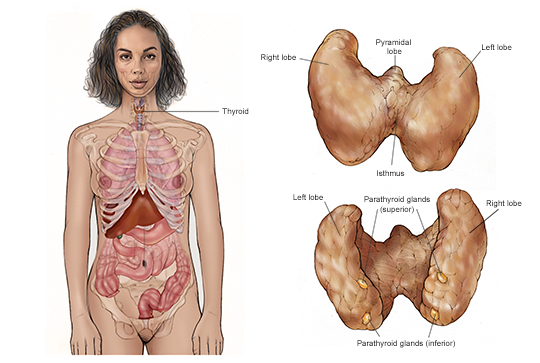


Comments
Post a Comment